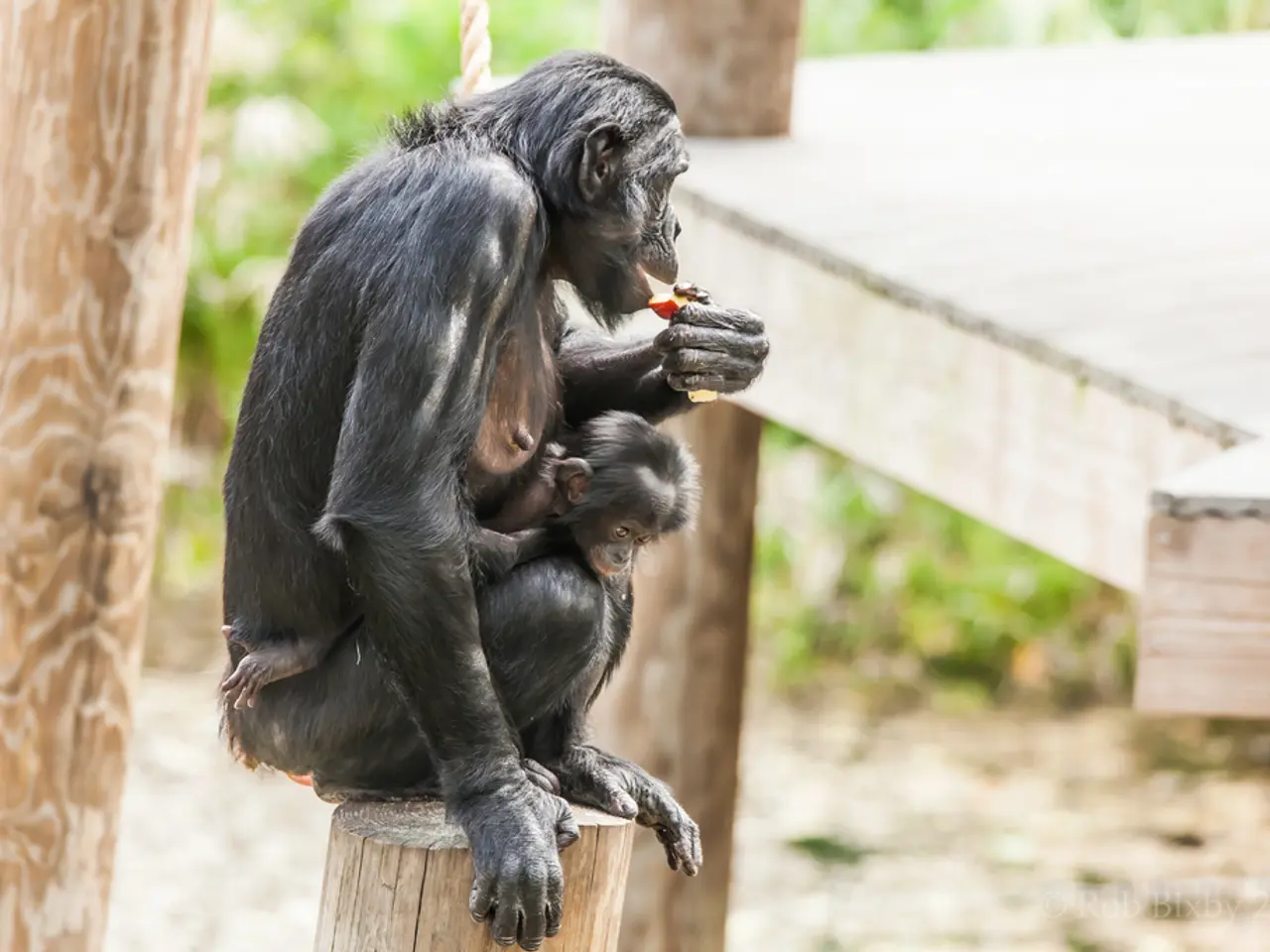Sumatran Orangutans Reveal Clues to Human Cultural Evolution
Scientists are studying Sumatran orangutans to understand human cultural evolution. These great apes exhibit remarkable learning abilities, passing down unique behaviors to their offspring, a process known as cultural transmission.
Orangutans in Sumatra have been observed fishing honey from tiny termite nests and scooping pulpy food from razor-sharp fruits. These behaviors are not instinctual but learned, indicating a level of cultural evolution akin to that seen in humans.
Scientists believe these behaviors may provide insights into our own cultural evolutionary process. Other primates, such as chimpanzees and bonobos, also offer valuable insights. These species share a high genetic similarity with humans and exhibit complex social behaviors, like cultural transmission and strategic collaboration. Research on tool use in primates, like chimpanzees, has highlighted shared cultural traits that have persisted for thousands of years.
The study of Sumatran orangutans' unique behaviors offers a fascinating glimpse into the potential origins and evolution of human culture. Further research may reveal more about our shared cultural heritage with these remarkable primates.







